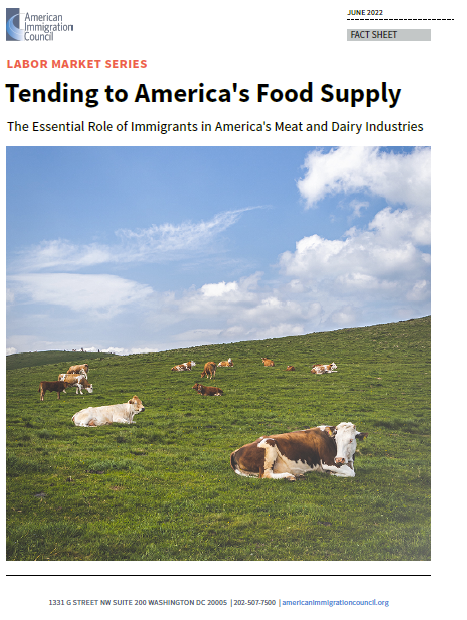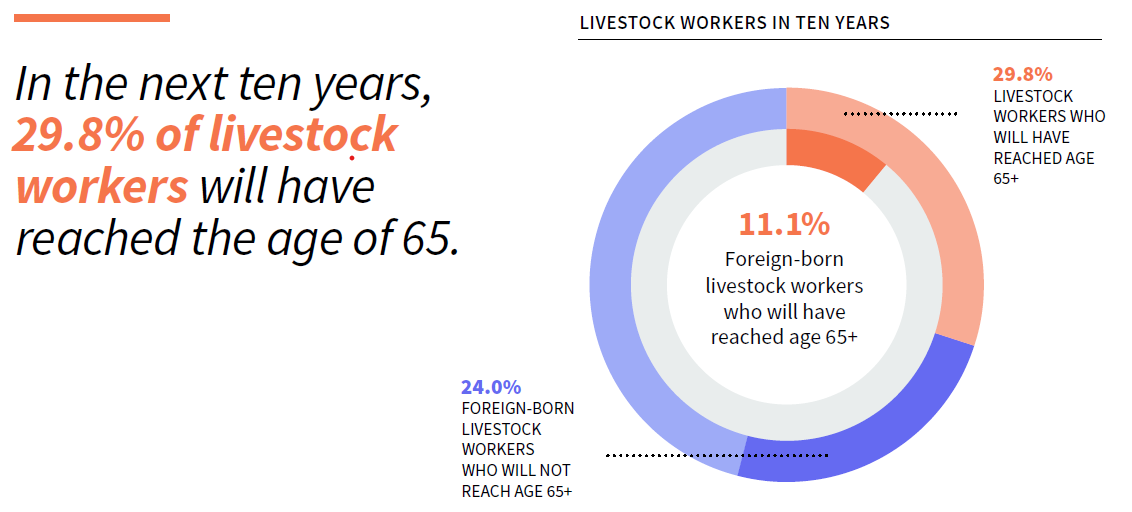Two readers, Cory Brooks and Yme Dolmans, sent me this gem.
They learned about it from a story in The Guardian: “Jarlsberg cheese may help stave off osteoporosis, small study suggests.”
The Guardian picked this up from the BMJ, which published the study and sent out a press release: “Small daily portion of Jarlsberg cheese may help to stave off bone thinning.”
A small (57 g) daily portion of Jarlsberg cheese may help to stave off bone thinning (osteopenia/osteoporosis) without boosting harmful low density cholesterol, suggest the results of a small comparative clinical trial, published in the open access journal BMJ Nutrition Prevention & Health.
The effects seem to be specific to this type of cheese, the findings indicate.
Jarlsberg is a mild and semi-soft, nutty flavoured cheese made from cow’s milk, with regular holes. It originates from Jarlsberg in eastern Norway.
Eat Jarlsberg cheese and prevent osteoporosis? A miracle!
As with any other study claiming that a single food produces health miracles, my first question: Who paid for this?
The paper: Effect on bone anabolic markers of daily cheese intake with and without vitamin K2: a randomised clinical trial.
Conclusion. The effect of daily Jarlsberg intake on increased s-osteocalcin level is not a general cheese effect. Jarlsberg contain vitamin K2 and DHNA which increases PINP, tOC, cOC and RO and decreases Ca++, Mg++ and HbA1c. These effects reflect increased bone anabolism and a possible reduced risk of adverse metabolic outcomes.
Funding: Norwegian Research Council; project number 310059, TINE SA, and Meddoc Research Unit funded this project.
Contributors: TINE SA provided Jarlsberg and Camembert cheese, along with financial support, but did not play any role in the design, implementation, analysis, interpretation or manuscript writing.
Comment: This study is the result of a private-public partnership between the Norwegian government and its dairy industry. The Norwegian Research Council provides research funding for industry: “We promote competitiveness and growth in Norwegian trade and industry by providing financial support and advice for research and innovation projects.”
As for TINE SA, it “is Norway’s largest producer, distributor and exporter of dairy products with 11,400 members (owners) and 9,000 cooperative farms.”
This situation is analogous to USDA’s Agricultural Marketing Service’s research partnerships with food trade associations; these also produce studies with results that the press loves to extol and funders can use for marketing.
The purpose of this study is to support a Norwegian industry by promoting sales of Jarlsberg.
Is it likely that eating a couple of ounces of Jarlsberg would have much of an effect on osteoporosis?
The operative word here is “may.” This could also mean “may not.”
The bottom line: If you like Jarlsberg cheese, enjoy!



